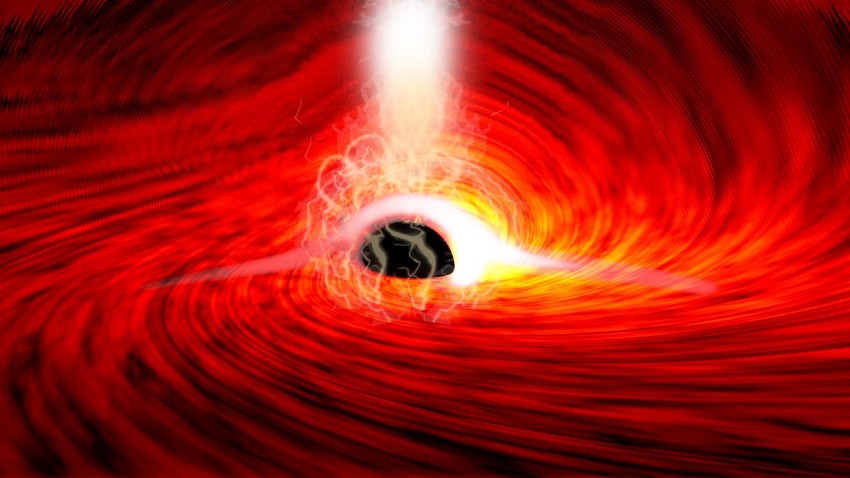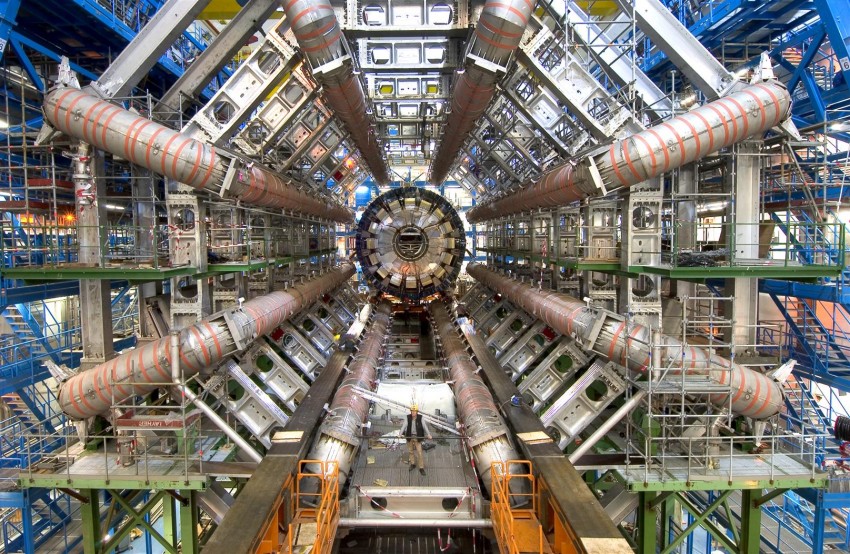Black holes, mysterious and threatening objects that catch anything that approaches them. Maybe, though It protects us from what is hiding inside – Before the exclusivity. Experts who deal with the cosmic censorship hypothesis are trying to answer this question.
It follows from Einstein’s equation that beyond the event horizon, the place where everything in a black hole disappears and cannot be reached by observation, there is an anomaly. A singularity is the point at which the acceleration of gravity or the density of matter is infinite. Our universe came from a single state that existed at the beginning of the Big Bang.
We know nothing about the singularity structure. In their neighborhood, strange physical laws would probably apply to us. We won’t understand it until physicists can create a unified theory that combines gravitational and quantum physics.
However, we should not be afraid of the effect of singularities on the surrounding environment, precisely because they are inside black holes. Roger Penrose’s hypothesis of cosmic censorship was formulated in the late 1960s, that singularities cannot exist outside of black holes. For several decades, physicists took this for granted. In fact, no one has ever observed a naked singularity, that is, a singularity that exists outside a black hole.
However, in 2010, Louis Lehner and Frans Pretorius ran a computer simulation that showed that the outer surface of black holes can disintegrate, leaving behind a bare singularity. Fortunately, we can sleep well. Because simulations show that such a disintegration can only occur in universes in which there are more than three dimensions. So it is impossible in our three-dimensional universe described by general relativity.
The research by Lehner and Pretorius re-established interest in the cosmic censorship hypothesis. Experts wonder if a black hole breakup and a naked singularity can occur in our universe, and if not, why?
We now have much more powerful computers than they did a decade ago, not to mention the machines Penrose might have had at his disposal. Thus physicists can better simulate the growth and evolution of black holes and try to understand what is going on inside them. However, computing power alone is not enough. We still don’t know exactly how to simulate black holes.
Mr Figueres, a physicist at Queen Mary University of London, recently showed that naked singularities can emerge not only from the collapse of black holes, but also from their collision. Such collisions also occur in our universe. However, Figueres and his team argue that collisions of black holes in our universe always result in a singularity remaining within the black hole.
The Penrose hypothesis has not yet been conclusively proven or rejected. And the specialists working on it are not about to refute or confirm it, but to devise research methods that allow us to better understand black holes and their properties. In this case, the path is important, not the goal.

Echo Richards embodies a personality that is a delightful contradiction: a humble musicaholic who never brags about her expansive knowledge of both classic and contemporary tunes. Infuriatingly modest, one would never know from a mere conversation how deeply entrenched she is in the world of music. This passion seamlessly translates into her problem-solving skills, with Echo often drawing inspiration from melodies and rhythms. A voracious reader, she dives deep into literature, using stories to influence her own hardcore writing. Her spirited advocacy for alcohol isn’t about mere indulgence, but about celebrating life’s poignant moments.









